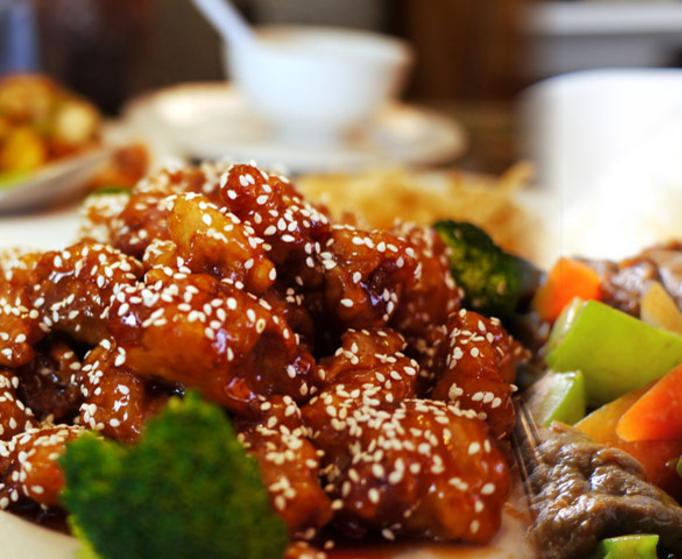About China Buffet and reviews
Chinese - Japanese - American Cuisine and Much More!
We have more then 50 buffet items daily and there is something for every member of the family to enjoy. With multiple Best of the Bays, we're proud to serve the Green Bay and surrounding areas for more than 17 years. Our beginning,
In the late 1970s, Qiang and his happy family lived in Fujian, China. Ask him what a Happy Family is today and he'll tell you that it's a dish of lobster, scallops and jumbo shrimp served with vegetables and rice.
Being involved in the restaurant business at a very young age, "I grew up cooking and learning how to cook," Qiang said. "Cooking was what I could do best." And so everyday, he would just do that.
China buffet offers contemporary Chinese American food that ranges from classics to our own unique specials. In addition, we also offer a salad and sushi bar along with many of the amenities that you would find at your favorite local establishment.
The true delight at China Buffet is "making good food for good people". And if you get a chance to stop by, we would like to make you feel apart of our happy family
Reviews:
garyhD7668IG
As a rule don't care for buffet's but China Buffet is fresh and plentiful. Food is always being refreshed as they are busy. Never had issue seating and staff friendly. Sushi is good better than I expected for the venue. Will be a frequent guest.
DiggerMagee
You just can't go wrong with this Buffet. The (4) stations of menu options are kept hot and full throughout all meal times. My favorites are the Peanutbutter chicken, Crab Rangoon, Honey and Sweet/Sour chicken, Egg drop soup (divine!), as well as the entire fresh...
jrperkins3
I went here and enjoyed the food and selection. Definitely not the biggest or best Chinese buffet, but probably a good one for the area. I especially enjoyed the good watermelon and the ice cream I had after the main courses.
rosieL0514
Went here for Valentines Day, very reasonably priced and while busy, GREAT food for a buffet. Everything was always warm. Had many options you normally wouldn’t see at a buffet- sushi included. Some of the best soft serve at a buffet I’ve ever had. Kinda...
Spiritdancer1947
There is always lots of choices. Since they have added the broasted chicken to the buffet it is over the top great. Love their, fresh salad bar. They are always cleaning and making sure they keep the buffet up with fresh food.
stoogeg3
This was my first time in this restaurant. We were greeted by the hostess and asked to pay before dining in. I told her it was our first time in the place so she very nicely explained the procedure as to where to sit, get...
garyhD7668IG
Typical Chinese/mix buffet. Food was heat lamp warm to cool. Didn't find anything I wanted seconds on. The sushi was not very good it was made too far in advance which made it tuff. All in all not worth the ride across town for me.
Ijusthadtoreviewthis
The buffet has a variety of food, a salad and fruit bar, a lot of chicken dishes. The temperature of the food is often lukewarm. It has gotten "pricey" and for lunch especially, I don't think it is worth it.
Ruby F
My friends and I have eaten here many times. Very Good Buffet! The the food is always fresh & hot. The Staff fills up the food pans in a timely manner. They have a great variety of choices and the ice cream is smooth and...
YooperWelder
I travel all over the state of Wisconsin as a union welder, i eat at a lot of Chinese and Thai places. This is definitely the best buffet hands down.






